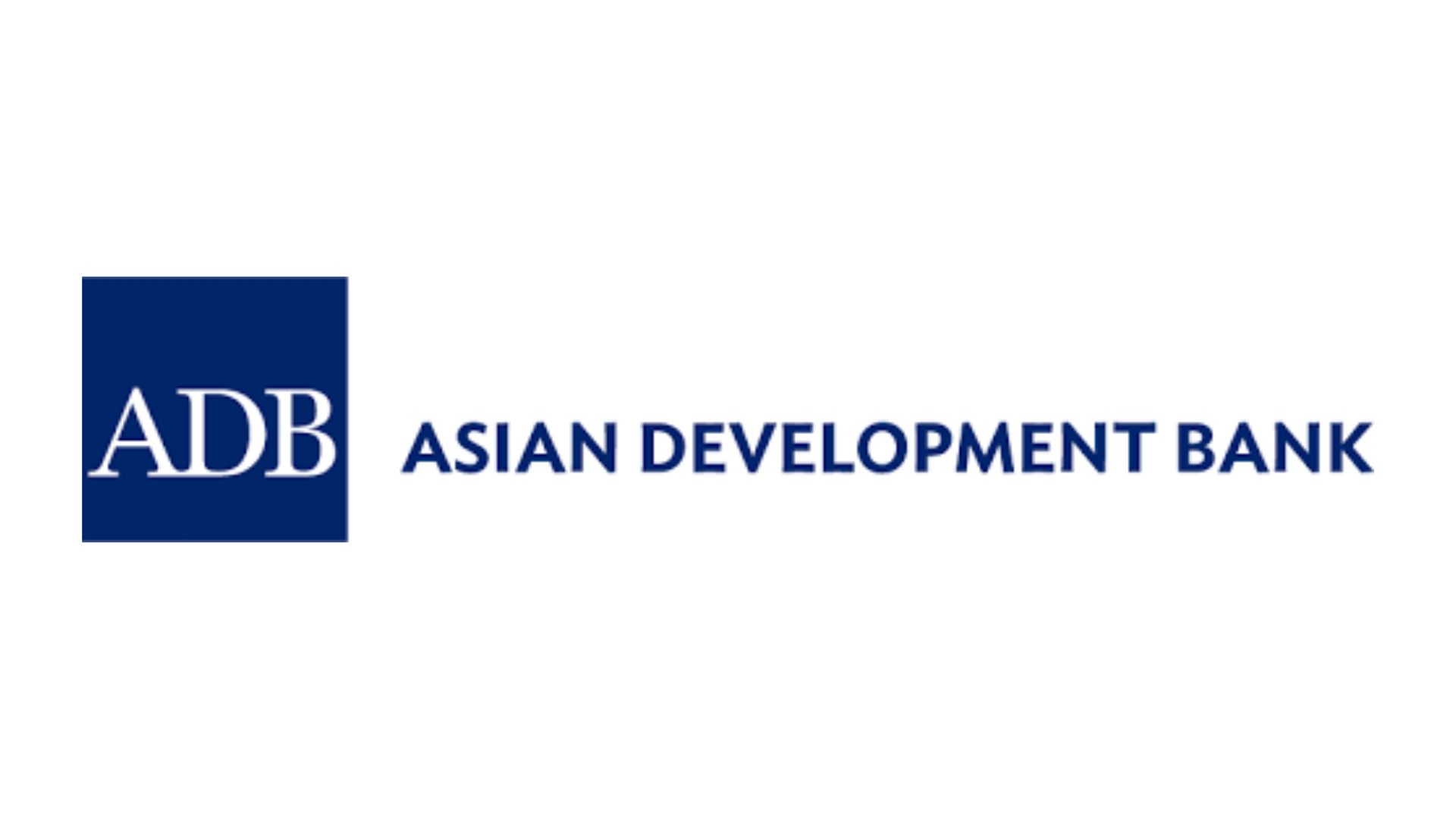PH Eyes Geothermal Comeback With USD 250M De-Risking Program
- February 10, 2025
- 0

The Philippines has not drilled for new geothermal energy since 2012, leaving one of its most reliable renewable sources untapped. Now, the Department of Energy (DOE) and the Asian Development Bank (ADB) are stepping in with a $250 million de-risking facility that will share exploration costs with private developers, hoping to unlock 431 megawatts (MW) of new geothermal power and significantly reduce reliance on imported natural gas.
Geothermal energy has long been a stable and non-variable renewable energy source, offering a consistent and reliable supply compared to solar and wind, which are subject to weather conditions. However, the high upfront cost of exploration and drilling has discouraged new geothermal projects in the country for more than a decade.
Speaking at the 3rd Roperto P. Alonzo Memorial Lecture on The Energy Trilemma at the University of the Philippines School of Economics, DOE Undersecretary Rowena Guevara emphasized the urgency of reviving geothermal energy investments.
“The last time we were drilling holes was in 2012. There are no new geothermal projects because exploration is expensive,” Guevara said.
She explained that the DOE had approached the Department of Finance (DOF) and the National Economic and Development Authority (NEDA) to secure government support for infrastructure investment.
“We need geothermal de-risking, meaning to say the government and the private sector will share in the risks of exploration. And we’re very happy to tell you that finally, maybe we’ll have a loan from the Asian Development Bank just to do that,” she added.
The Geothermal Resource De-Risking Facility (GRDF), a financing program spearheaded by ADB, aims to reactivate greenfield geothermal projects by reducing financial risks for private developers at the exploration stage.
ADB outlines the two-stage selection process that will identify technically and financially capable geothermal service contract (GSC) holders. These selected companies must submit drilling plans for review and approval under the GRDF’s strict guidelines.
The program will co-finance 50% of the total cost of exploration drilling, with developers covering the remaining half. To maintain financial sustainability and avoid reckless drilling, GRDF has set a 75% success rate benchmark for resource confirmation. If the success rate falls below this threshold, new sub-loan approvals will be suspended.
Targeting 431MW of New Geothermal Power
According to ADB, the GRDF aims to support up to 16 geothermal projects with an estimated 431 MW of total generation capacity. The program requires $431 million for full exploration drilling, with the initial $250 million fund comprising $60 million from ASEAN Catalytic Green Finance (ACGF) concessional funds and $190 million from ADB’s ordinary capital resources.
ADB highlights the transformational impact of the GRDF, stating that successful implementation could mobilize up to $2.6 billion in downstream geothermal investments. Additionally, the initiative is projected to result in annual savings of $329 million in natural gas imports and a reduction of 1.7 million tons of CO₂ emissions per year.
With the country racing to meet its 52-gigawatt renewable energy capacity goal by 2040, the revival of geothermal exploration is seen as a crucial step in ensuring a stable and diverse energy mix.
“This initiative does not just open new geothermal fields; it sends a strong signal that the Philippines is serious about attracting clean energy investments,” Guevara said.
As DOE and ADB work to finalize the GRDF loan by 2025, energy stakeholders are closely watching how this de-risking program could reshape the Philippine renewable energy landscape and reduce the country’s dependence on imported fossil fuels.
Join the Conversation
Do you think the Geothermal Resource De-Risking Facility will help unlock the Philippines’ full geothermal potential? Could this initiative lead to lower electricity prices in the long run? Share your thoughts in the comments below and follow Power Philippines for more updates on the country’s energy transition!